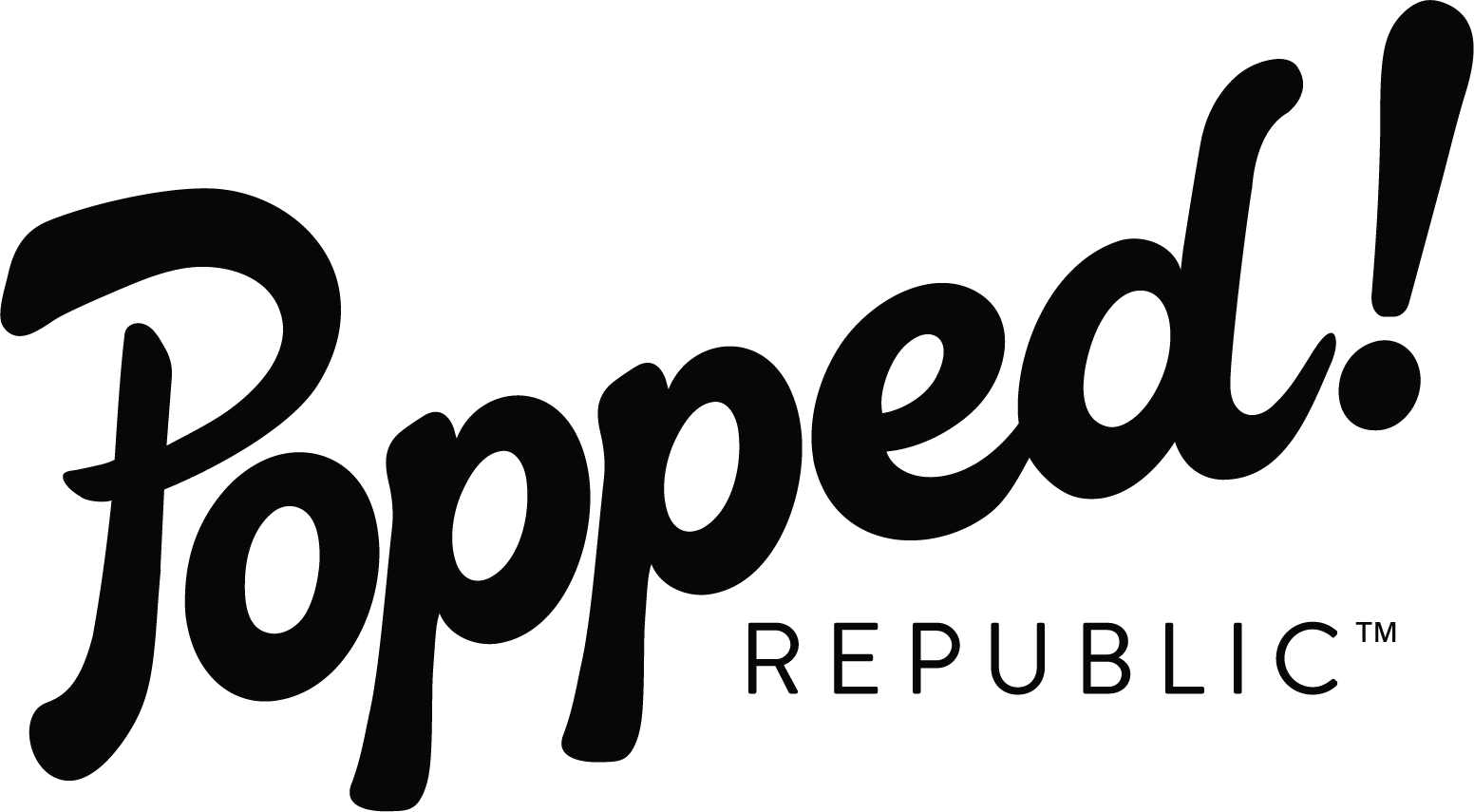The act of popping popcorn is an incredible example of the wonders of food science. Within the kernel, unbeknownst to our eye, there is an internal process leading up to the final product. Popcorn is classified as a grain, a grain that starts off in the form of a seed. To properly produce the best type of corn for popping, farmers use selective breeding processes to grow popcorn with favorable traits. These traits include kernel size, color, and the ratio of successful pops. Orville Redenbacher, the father of modern-day popcorn, studied the science behind popping popcorn, determined to create a kernel that he deemed “perfect.” Thanks to his determination and years of experimentation, he was able to create a kernel that expanded more than twice the amount of other popcorn brands. Nowadays, when a popcorn kernel ruptures, it expands to over 40 times its original size, creating the salty snack we’ve all come to know and enjoy.
But what goes on within the popcorn kernel to make it expand so much? Popcorn is classified as a grain, a grain that starts off in the form of a seed. There are three major parts of a popcorn kernel. Within the seed, there is an embryo, the baby plant that will later expand. Protecting this embryo is a starchy endosperm, which is contained in a pericarp, also known as the outer shell or seed coat. The seed coat is the protective, light brown hull that we can see on the outside. When these popcorn kernels are introduced to heat, water and oil are heated up within the endosperm. This heat later turns to steam, cooking the starch of the endospore and turning it into a soft, gelatinous material. The outer seed coat is prepared to hold extreme amounts of pressure, but when this pressure reaches up to seven times its normal amount, it bursts!
Once the seed coat pops, the gelatinous starch expands and quickly hardens, leaving a perfect, airy piece of popcorn, ready to be enjoyed. After popping popcorn, compare the original kernel to the popped end product and marvel at the size difference. Not only is popcorn a fun snack to enjoy, but it can also be a fascinating science experiment! Next time you find yourself craving popcorn, purchase some kernels and make a pot of homemade stovetop popcorn. While you wait for the kernels to expand, take some time to watch the process. It can make the tasty product at the end feel so much sweeter.



